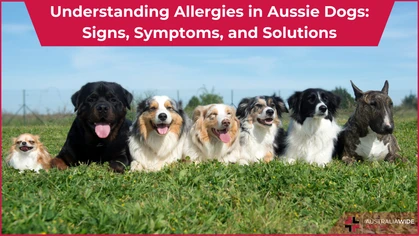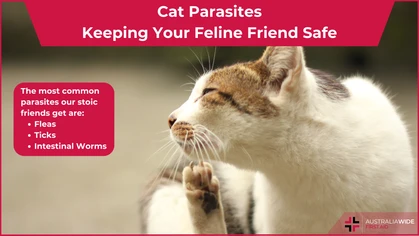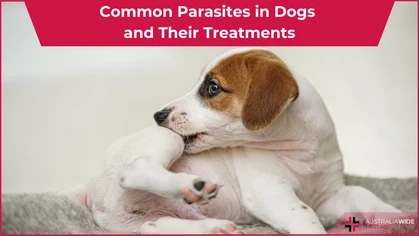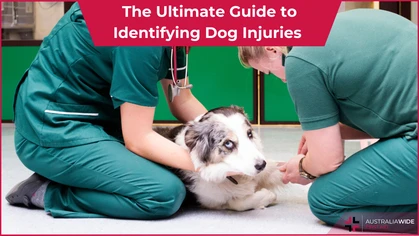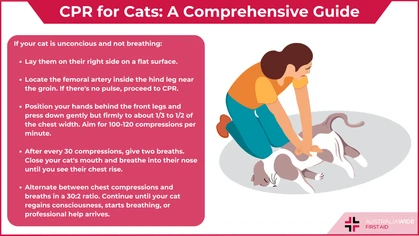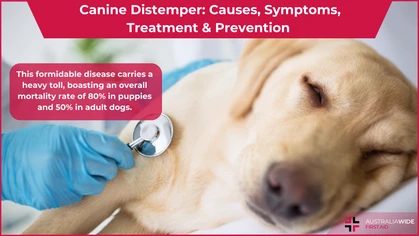Pet First Aid: How to Treat Poisoning in Dogs

Pets

Dogs are incredibly curious creatures, and they often use their mouths to navigate and understand their surrounding locale. This can cause them to ingest poison and experience significant complications like seizures, heart problems, and kidney failure.
Poisoning in dogs is common because dogs explore and discern using their mouths. Many substances, like antifreeze, have a sweet taste that appeals to dogs. Knowing how to identify and treat your dog in the case of poisoning can save his life. Acting quickly is the key to recovery. The longer a substance remains in your dog’s stomach or skin, the more dangerous the situation. Most dogs recover from poisoning using first aid techniques and evaluation from veterinarians.
Chocolate is a common source of poisoning in dogs.
Common Sources of Poisoning
Most manufactured substances can be toxic to animals if consumed in significant quantities. But some are more toxic than others. Additionally, some natural substances and plants can be harmful. Below is a list of common poisonous substances for dogs:- Coolant and Antifreeze
- Insecticides and Fertilizers
- Cannabis
- Household cleaners
- Rubbish
- Medications
- Plants: African Violet, Aloe plant, Mushrooms
- Human Food: Xylitol (sweetener), Chocolate, Onions, Avocado, Grapes
Signs and Symptoms
The signs of poisoning in dogs are consistent. If you note the following symptoms in your dog and see evidence of rubbish or leftover poisonous substances, act immediately:- Vomiting
- Lethargy
- Excessive panting
- Impaired coordination
- Trembling/Shaking
- Elevated heart rate
- Seizures
Treatment
If you believe your pet has ingested a poisonous substance:
- Rinse mouth with water or wipe with a damp towel
- Call your veterinarian
- Call a pet poison control centre - Australian Animal Poisons Helpline; 1300 869 738
- Induce vomiting, if indicated
- Rinse the paws and skin off to avoid systemic absorption
If your pet has poison on its skin:
- Rinse or bathe skin and paws with gentle soap and water
- Call your veterinarian
- Call a pet poison control centre - Australian Animal Poisons Helpline; 1300 869 738
Regarding Vomit Induction:
It is best practice to speak to a veterinarian or poison control specialist before inducing vomiting because sometimes it can be harmful. However, early vomiting is often a critical factor in recovery. If you are unable to reach a credible source for guidance and your dog is exhibiting signs of poisoning, induce vomiting using the following:- 3% Hydrogen Peroxide: 1 tablespoon. Can repeat after 5 minutes. Immediately effective.
- Salt: 1 teaspoon. Can repeat after 5 minutes. Variable effectiveness.
- Syrup of Ipecac: 1 teaspoon per 10 lbs weight. Can repeat every 4 hours. It may take 15-20 minutes to work.
- Dog is unconscious
- Ingested caustic substances like battery acid, detergent, oven cleaner, and floor wax.
- It has been more than 3 hours since the ingestion of poison
- Gastric scope to examine gastric contents
- Gastric lavage to irrigate the stomach
- Administration of IV fluids, antibiotics, anticonvulsants, anxiolytics, and antitoxins
- Oxygen monitoring and administration
- Electrocardiogram to evaluate the heart’s function
Prevention
Keep household cleaners and food safely stored away. Larger breeds like Labrador Retrievers are especially prone to poisoning because they are more likely to explore substances through their mouth. Keep hydrogen peroxide on hand if travelling outdoors or camping where toxic substances might be present.Final Thoughts
Though some poisonings can be fatal, most are not fatal except in the cases of incredibly toxic substances or ingested in large quantities. A veterinarian or poison control center can guide you on whether or not to treat at home. It is best practice to have a professional evaluate your pet after completing treatment at home. Poisoning can be a scary event for both the pet and the pet owner. But taking steps to learn first aid skills helps to keep your pet safe. Check out the Australia Wide article library for more pet first aid resources. Articles you may find helpful include:Looking to get you First Aid knowledge up to date?
We run certified First Aid courses throughout all major Acustralian citys. Find a location near you.
Originally published at
https://www.australiawidefirstaid.com.au/resources/how-to-treat-poisoning-in-dogs
as part of the Australia Wide First Aid Articles Library
